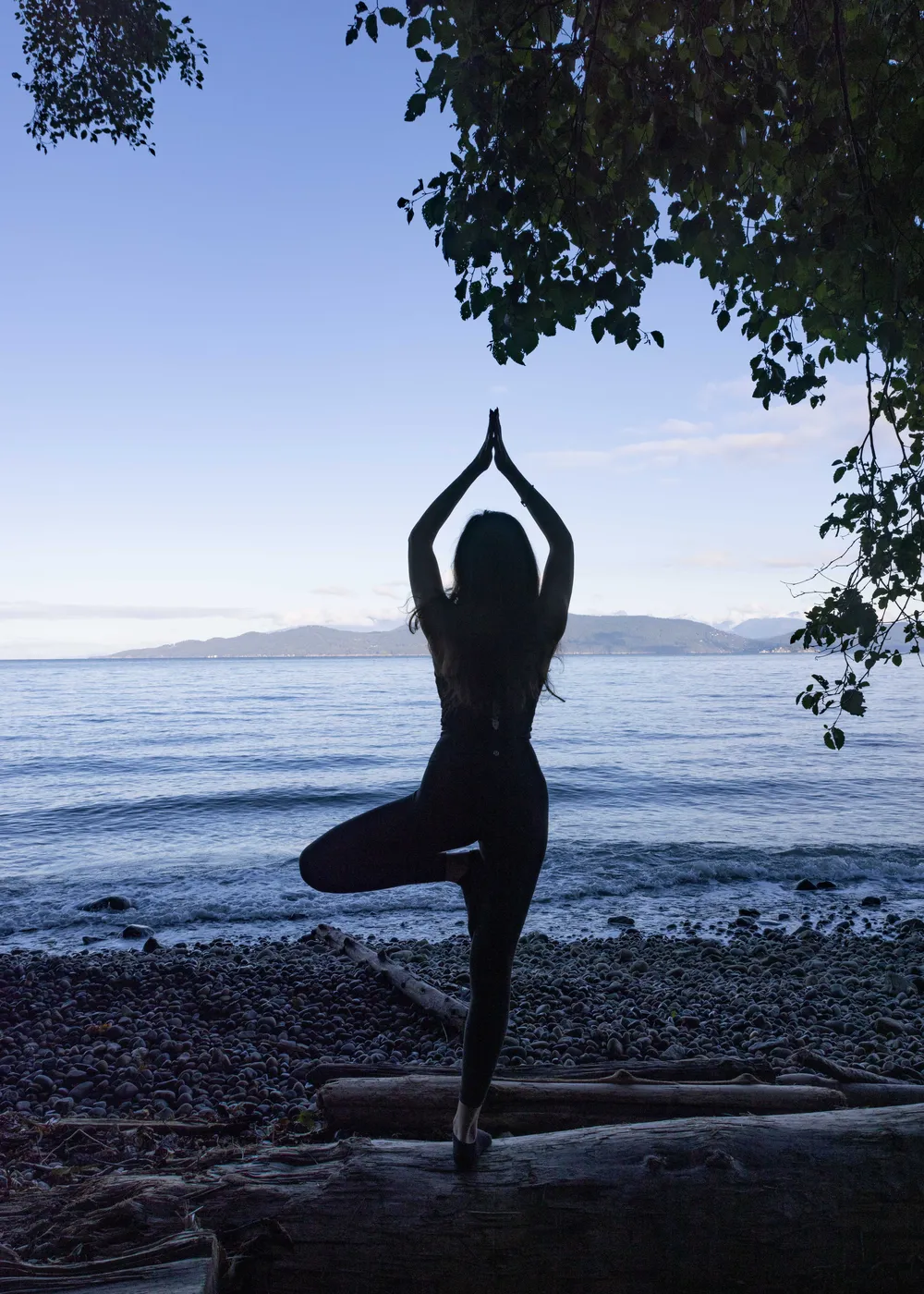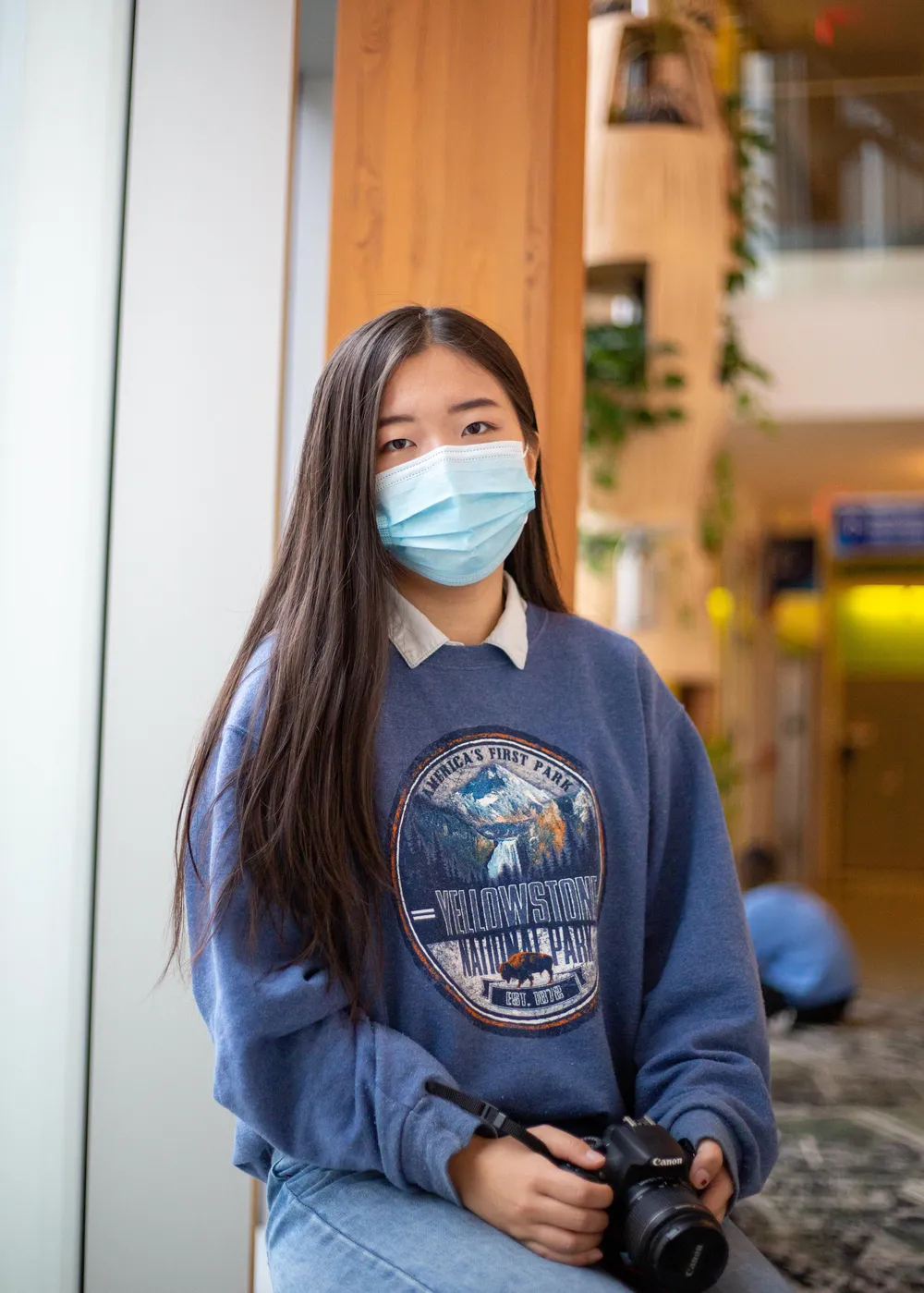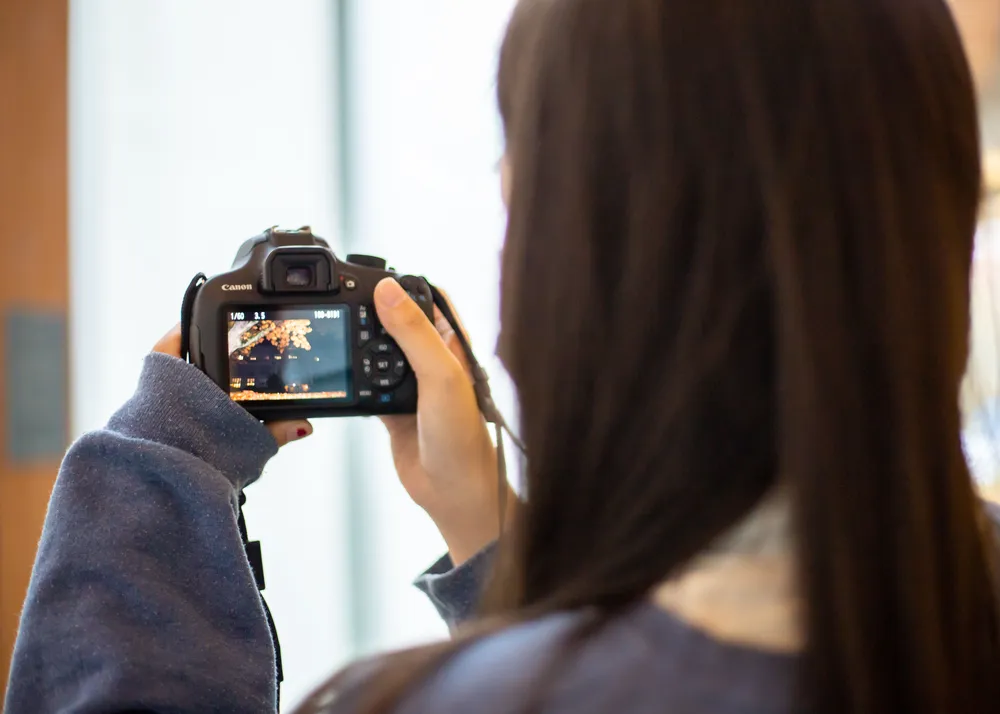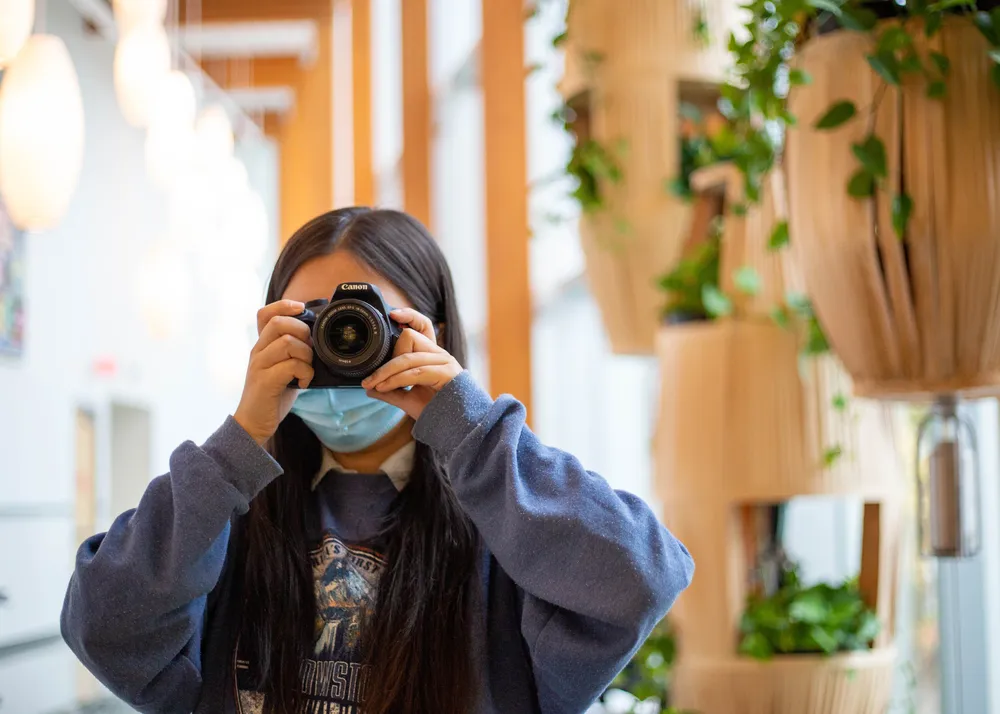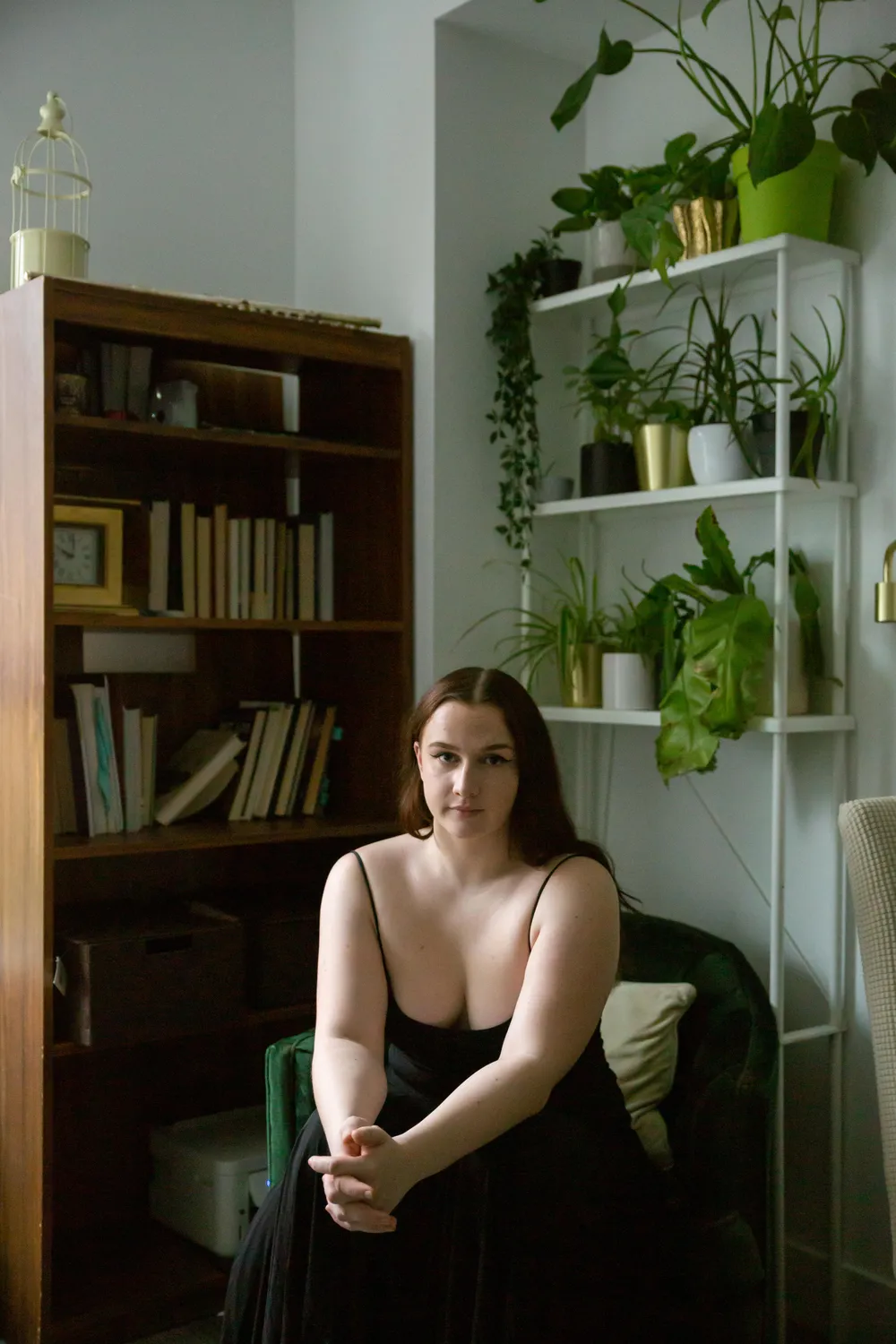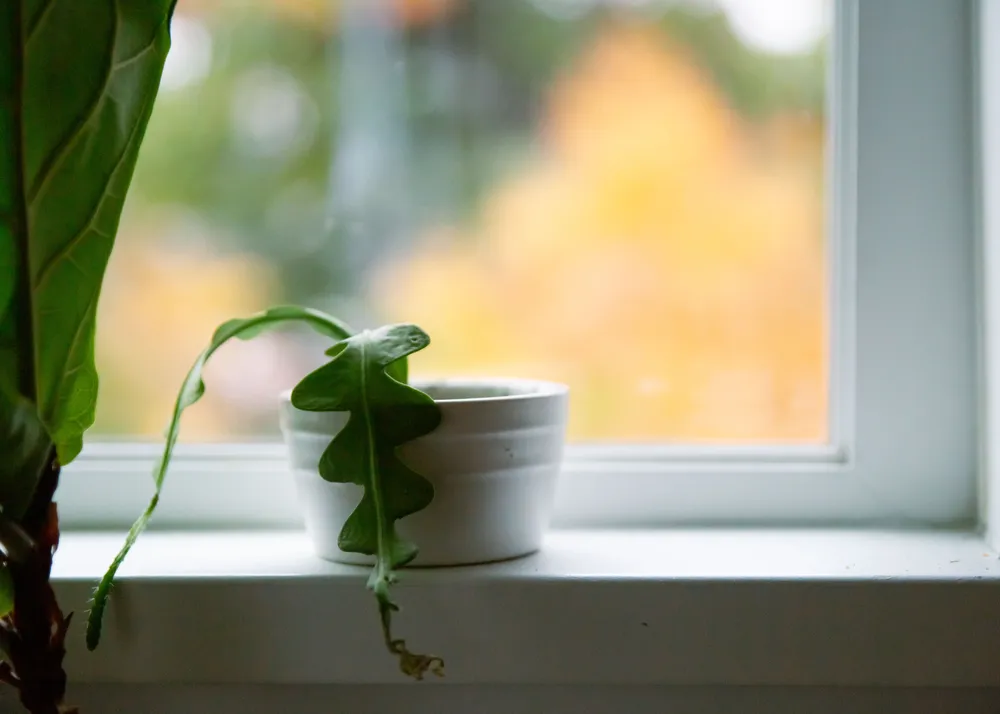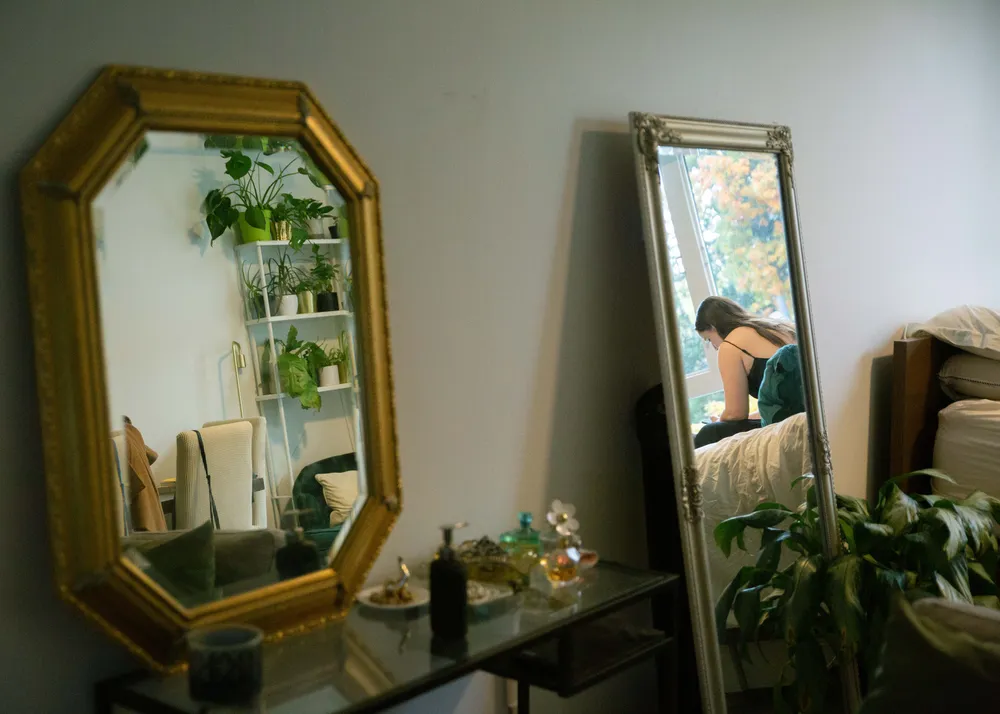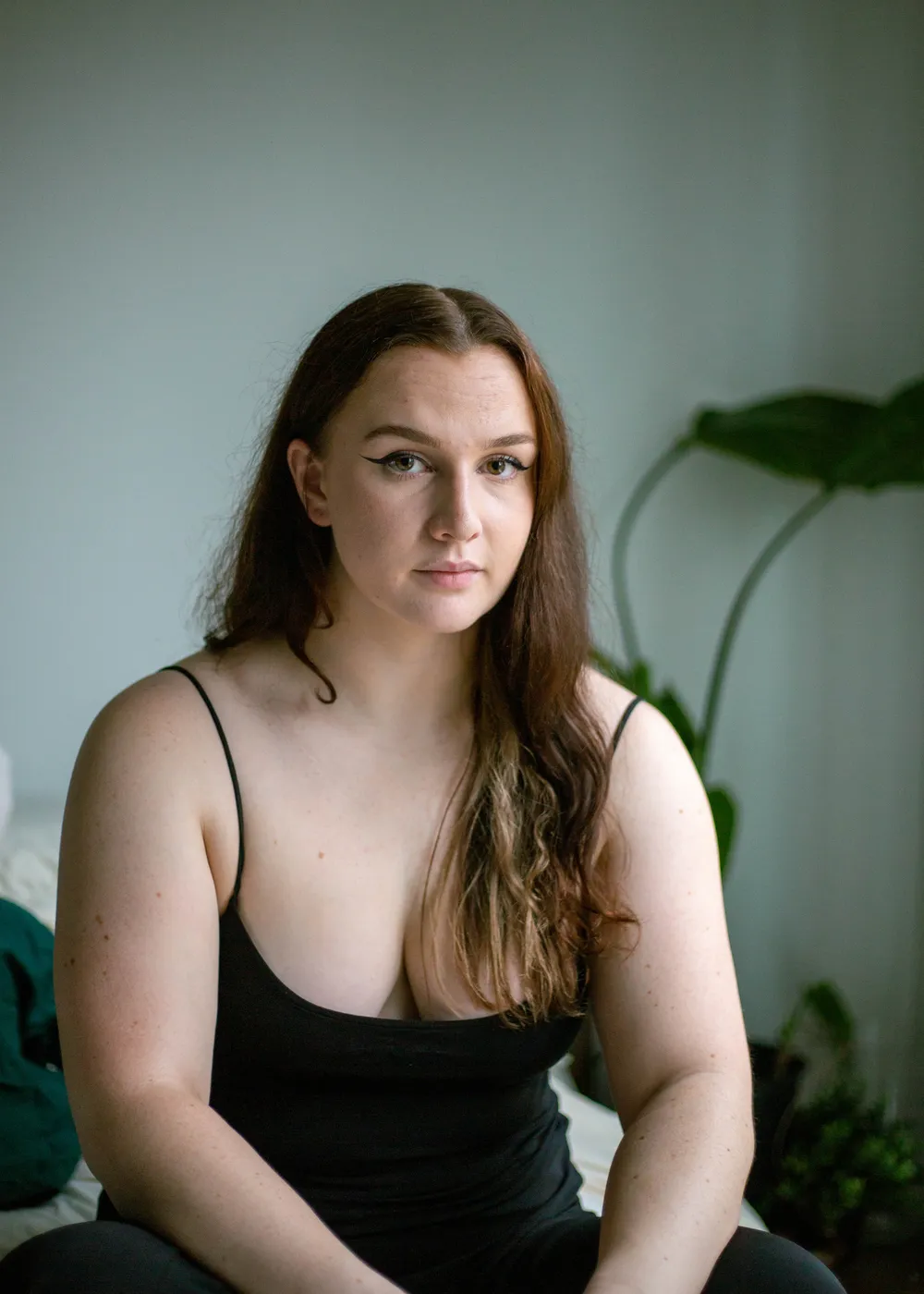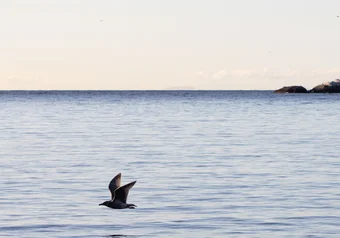Resilience may be gently taught or forcefully learned: while some can choose to opt in, others are unable to ever opt out. The way in which resilience manifests depends heavily on the person and the conditions they are dealt. Maybe it’s an opportunity for introspection or developing a creative outlet, or perhaps it’s finding a way to regain autonomy over mental and physical illness. For these three UBC students, however, a key component of resilience was paying attention to their energy limits and prioritizing self-fulfilment.
Nika Perel
This past summer, Nika Perel, a fourth-year psychology major, made it her quest to find a peaceful place on campus to call her own. She found a quiet spot on Tower Beach on the northern edge of Point Grey Peninsula looking out on Burrard Inlet and Bowen Island.
She wanted a place where she could “unapologetically [be herself].”
“I would come [here] every single morning and I knew that as soon as I reflected on its imagery, sat down on the same log ... I knew that I could tap into that same energy that I was able to receive from it in prior days.”
Over the past year, Perel said she has been engaging in deep self-reflection and questioning her perception of the world. To her, resilience is “an ability to overcome and recognize that you are so much more than what is happening to you in a current moment.”
She compared this transience to waves crashing onto the shore: “One comes after another, one comes in and each one is impermanent.”
Continuing to use nature as a metaphor, Perel likened the decisions we make each day to watering seeds. “I always say that we have a certain number of seeds. And seeds are the things that are happening to us in our life. Whether that’s school, whether that’s relationships, whether they’re good or bad. Every day we’re given a certain amount of water, which is our energy. And every day we have to consciously make the choice of which seeds we want to water because we have a limited amount of energy. Yet sometimes all we water is the seeds of doubt, seeds of frustration, anxiety.”
She said that part of her practice of resilience is consciously asking herself where she wants to direct her energy — “What seeds do I want to water today?” We have a limited amount of energy, she said, and we need to “[recognize] just how valuable it is.”
Rita Jin
Rita Jin was deprived of a proper in-person graduation ceremony after graduating from high school straight into a pandemic. After such an underwhelming build up only to begin university online, she felt robbed of a sense of closure.
“First year was just notoriously hard,” said Jin. She described sometimes feeling lost and secluded at home, unable to see friends. Any family conflicts that arose became inescapable and had to be addressed up front, which also began to wear on her over time.
Beginning second year in person was yet another transition, and posed the additional challenge of trying to keep up with society’s expectations after a year and a half lost to remote learning.
Many people have coped with the isolation and stagnation of pandemic life by taking up a new hobby. For Jin, photography became the outlet through which she could direct her creative energy. It gave her a way to visualize the world from a different perspective and pushed her to explore places she wouldn’t have otherwise.
“It’s a really creative way to energize yourself ... and [be] able to put your own thoughts onto an image,” said Jin. Finding beauty in the mundane allowed her to step back from the monotonous pace of schoolwork and become more in tune with her surroundings.
As a way to build her own resilience in the face of personal obstacles, Jin used the past year and a half to not only focus on the things that make her happy — like photography — but reflect on the limits she sets for herself as well.
“In high school, or just growing up, I was kind of like, ‘Okay, I know I can work hard, I can do whatever.’ But it’s very emotionally tiring at times.”
So Jin asked herself: “What makes people happy?”
“Most of the time, it’s not giving goals that you could accomplish ... But it’s just kind of validating, ‘What are the small things that I can insert into my day to make it better, to make myself feel more consistent [in the long term]?’”
Now, Jin reorients her actions and intentions to prioritize her own happiness.
“I am really proud of myself for doing that because it shows that I’m stronger mentally. I know how to say ‘no’ to [some] things and say ‘yes’ to other things.”
Sage Houston
For Sage Houston, resilience is not a choice.
As someone who struggles with ADHD and was recently diagnosed with endometriosis, resilience is required to keep up with a double major, work multiple jobs and perform essential tasks like cooking meals and maintaining a clean living space.
Endometriosis is a chronic condition where the endometrial tissue, which normally lines the inner wall of the uterus, grows elsewhere. Those who live with endometriosis can experience severe pain, bleeding and infertility, among other symptoms.
“I got that diagnosis in March,” Houston recalled. “The average time for diagnosis is 11 years.” For Houston, it took nine.
Endometriosis is not hard to diagnose, Houston explained; rather, it’s because doctors — especially male physicians — tend to dismiss the symptoms as an overly dramatic reaction to period cramps or other pain. “There’s so many excuses they make for it, instead of just taking it seriously and believing people when they say they’re in pain — especially women and people with uteruses.”
This combination of mental and physical conditions (and the concurrent medical trauma) has greatly shaped Houston’s definition of resilience.
“I think for a lot of people ... [they] look at [resilience] as a really beautiful thing ... and I think [for] people who have gone through years of trauma or chronic pain, or whatever the situation is, resilience is a really, really painful thing.”
Houston expressed how exhausting it is to “[exist] in a state of constant vulnerability” and the frustration of having to embrace conditions that she can’t control.
“I don’t want to be resilient anymore. I want to have support.”
To combat this feeling of powerlessness, she commits her time to the Vancouver Association for Survivors of Torture and conducts research for the UBC Human Rights Collective on threats to academic freedom in Canada — two causes she is incredibly passionate about. She also seeks out activities that “serve absolutely no purpose” other than bringing her joy, such as hiking, snowboarding and weightlifting.
Physical activities are especially empowering for Houston when much of her energy is consumed by the conditions she lives with. It’s a reminder that “however I’m feeling that day, that there’s strength inside of me.”
“So much of it feels like it’s wasted or just taken away from me in that survival mode sort of resilience. But there’s still aspects of it that I get to use, really just for myself and for my own enjoyment and not just to get through the day.”
Share this article
First online



